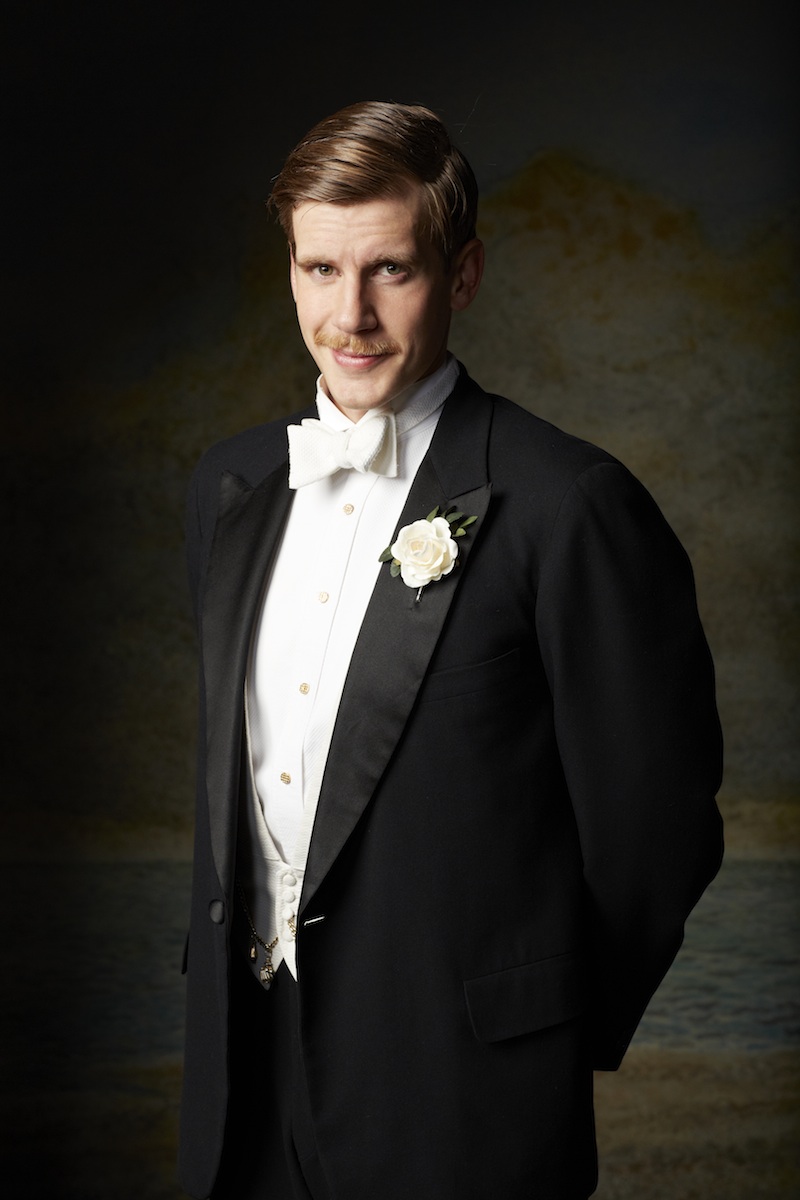
At the Metropolitan Museum of Art’s annual Costume Institute gala, “radical change” isn’t necessarily what you’d expect it to be. Last year’s ball had a punk theme, but it’s this year’s event that the New York Times described with those emphatic words. Why? Because of an announcement that the May 5 soiree and benefit will require male attendees to wear “full evening dress and decorations,” also known as “white tie.”
The decision has caused an uproar because going white tie is not as simple as swapping out the neck gear that came with your rented tux. In fact, to do so is a formal-wear no-no.
According to etiquette guru Emily Post, a man in full evening dress — the highest level of formality in menswear — will don a black tailcoat, pants with a stripe of satin or a braid down the leg, a white wing-collared shirt, a white waistcoat, matching studs and cufflinks, white or gray gloves, black shoes, black socks and, obviously, a white bow tie. The proper swallow-tail coat is cut sort of like a double-breasted jacket, with peaked lapels and far-apart buttons, but it isn’t meant to close. To stand out from the crowd, midnight blue is an acceptable substitute for black; brown is not. (The ultra formal look was perhaps meant to pair with the featured exhibition at this year’s gala, “Charles James: Beyond Fashion,” which highlights the designer’s life and his elegant, sculptural designs.)
According to the guidebook A Gentleman Gets Dressed Up, by John Bridges and Bryan Curtis, the originator of white-tie dress was Beau Brummell (sometimes spelled “Brummel”), the famous fop whose name became synonymous with dandy-ism and whose 19th-century fashion know-how was more recently commemorated by the musical Annie. Brummell favored what was then a minimalist aesthetic, compared to the colorful garb of the 18th century society gent, and he was so fashionable that he changed evening wear forever. That means “white tie” came before “black tie” — the tuxedo wasn’t invented till decades later — and, as the language expert William Safire has explained, the term “formal” would have sufficed to indicate a white-tie event up until the 1930s, when black-tie outfits became more popular than their starchier cousins and “full formal” became necessary. Safire dates the term “white tie” to the 1950s.
In practical terms, as the Times points out, all of this means that most attendees will have to scramble to find suitable clothes, as even the fancy–schmanciest of folks are unlikely to own a tailcoat these days. (Exception: former college a capella singers should be all set.) It’s difficult to find full evening dress off-the-rack — especially if you are, Women’s Wear Daily notes, a nearly-seven-foot-tall basketball player — and extremely expensive to get the gear make bespoke. So, though women are stereotypically known for stressing out over what they’ll wear to the event, stress is non-gender-specific this year, a change that has the fashion world in what WWD dubs “a tizzy.” But that wasn’t always the case. Fans of Downton Abbey will recall that the Dowager Countess was shocked to hear of men dining in casual wear — read: tuxedos — rather than white tie. No word on whether Maggie Smith has any plans to attend the ball.
More Must-Reads from TIME
- Cybersecurity Experts Are Sounding the Alarm on DOGE
- Meet the 2025 Women of the Year
- The Harsh Truth About Disability Inclusion
- Why Do More Young Adults Have Cancer?
- Colman Domingo Leads With Radical Love
- How to Get Better at Doing Things Alone
- Michelle Zauner Stares Down the Darkness
Write to Lily Rothman at lily.rothman@time.com